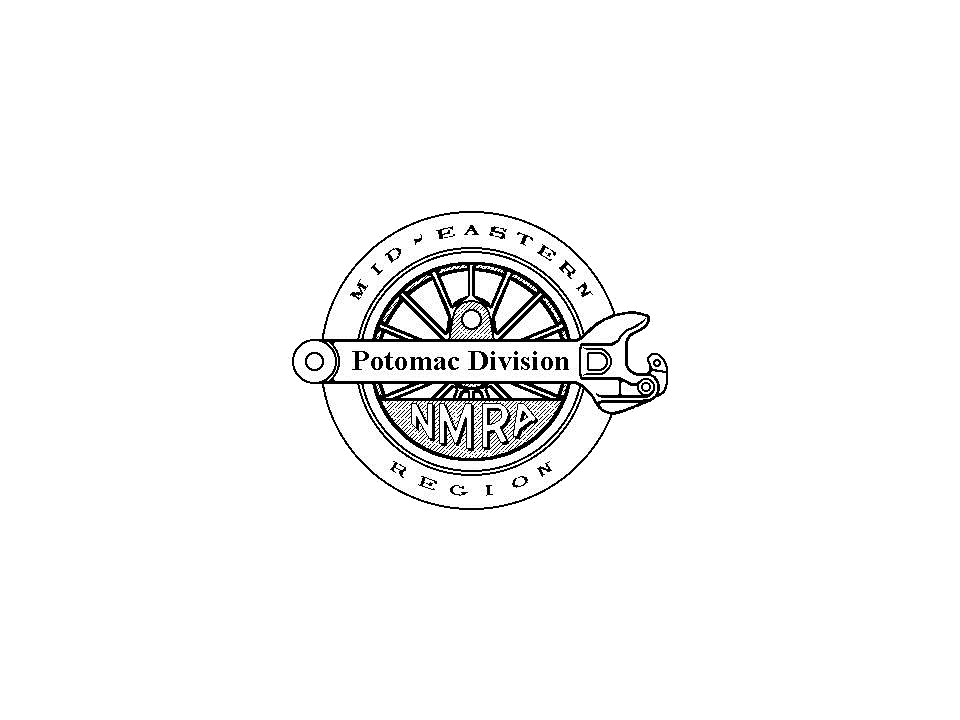A LAYOUT AND A RAILROAD FROM THE PAST
It’s been many years since I last saw Bob Cook’s PRR based HO scale
railroad. I had been able to follow its construction, going back more
than three decades to the 1980’s, because we are both long time members
of the NVMR; the club would usually hold its annual business meeting
off site, and on occasion it would be at Bob’s house where we would
have the opportunity to observe the progress he had made. Additionally,
The Potomac Division had not toured it for 10 years, so I expected to
see many changes, and I was not disappointed. The only thing unchanged
from my last visit was the chair suspended from the ceiling in the
middle of the room.
Most
of the better model railroads we see are based on either our personal
experiences with real railroads or one that we’ve taken the time to
research; I doubt that all of those beautifully done Colorado narrow
gauged layouts were built by modelers that were from that region. Bob,
however, is a native of Pennsylvania and quite familiar with the PRR
back in its glory days, prior to the Conrail years and its eventual
break up into NS and CSX components, when it truly might have been, as
claimed by its public relations department, “The Standard of the
World”, and has tried to recreate some of the grandeur of that long ago
era. The layout is a transition period setting that showcases the
normally freight only electrified line of the PRR along the Susquehanna
River (minus the catenary) from Harrisburg southeast to Perryville,
a.k.a. the “Port Road”. The railroad design is an inverted “U” shape;
each leg is about 20’ long with a loop at the end. One leg has a
substantial switching and storage yard in the center; the other has
locomotive storage facilities and a turntable. At the top of the “U” is
a branch about 25’ long that runs at a right angle along the back wall
to a loop at the end of the room and represents the line along the
Susquehanna River. Construction is modified “Z” girder and the scenery,
done with strips of paper towel dipped in plaster or crumpled newspaper
placed over screen wire, is pretty much completed on one of the legs
and the longer river section which also features a stone arch bridge
similar to one that I recall seeing once in Columbia, PA; the other
branch of the “U” has some grass applied in spots, but much of the
scenery there is incomplete. Motive power is provided with Pennsy
steam, first generation diesels, and electrics, and a supplemental
leased Reading unit. Although the original five cab system is still in
place, operations now are now carried out with Digitrax DCC cabs. One
to four engineers use a computer generated car order system that
specifies 48 cars in 10 separate trains serving up to 29 sites.
Although it’s intended to run point to point during operating sessions,
it’s also possible to run continuously to simulate greater traveling
distances, a feature that Bob sometimes takes advantage of when he’s
working on projects by himself.
Certain images say “Pennsy” whenever you see them: A pre-war K-4 with a
string of P-70 coaches for example, or double headed M1as on long a
coal train assisted by a pair of 2-10-0’s pushing an N5c Caboose in the
distance. Bob’s contribution to those images this day was a GG1
in Brunswick Green with five gold stripes (a BLI sound equipped model)
pulling 14 Rivarossi Broadway Limited lightweight cars in the post-war
tuscan red livery complete with the square end observation Mountain
View at the rear with a lighted tail sign. He has included many of the
small industries and agricultural enterprises for use in operations
that were every bit as much a part of the “Standard of the World” as
were the coal mines and steel mills to the west, a part no doubt more
familiar to many of us from around here if we’ve had the opportunity to
visit the Lancaster area and the rolling Pennsylvania Dutch countryside
surrounding it. There was also a display case on the wall containing
more PRR and Reading equipment, and a sizeable contingent of the
Southern motive power that Bob runs on the Western North Carolina, the
Northern Virginia Club’s layout that follows the original Southern
Railroad from Salisbury through the Carolina mountains to Ashville and
was the subject of an article in the February 2016 Model
Railroader.
There are distinct
advantages to modeling open areas; the details are easier to see and
probably easier to do. Additionally, those areas are more reachable for
maintenance purposes; it’s just easier to get the trains back on the
track if and when things go south. I know this because my own
experiences have convinced me that when things do go wrong, they will
inevitably happen at some hidden or inaccessible site and Bob has
either eliminated or minimized most of them, something best done during
the original design and construction rather than trying to retrofit it
later on, an idea to keep in mind for any future
layouts.
Bob Rosenberg

